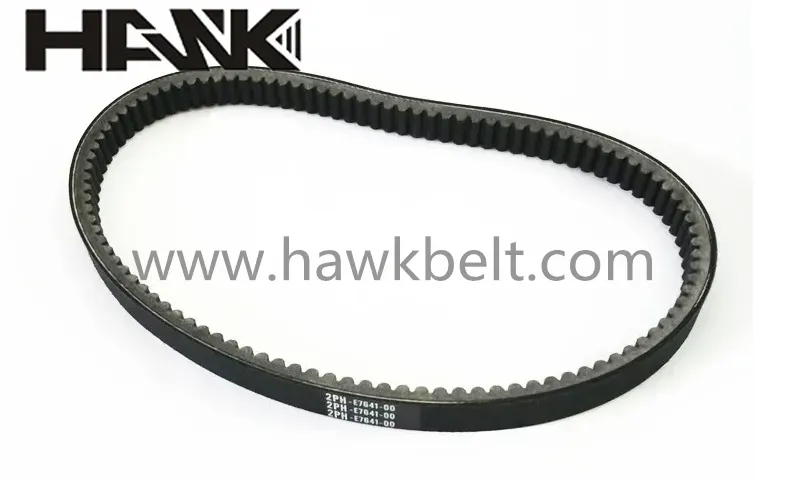- Arabic
- French
- Russian
- Spanish
- Portuguese
- Turkish
- Armenian
- English
- Albanian
- Amharic
- Azerbaijani
- Basque
- Belarusian
- Bengali
- Bosnian
- Bulgarian
- Catalan
- Cebuano
- Corsican
- Croatian
- Czech
- Danish
- Dutch
- Afrikaans
- Esperanto
- Estonian
- Finnish
- Frisian
- Galician
- Georgian
- German
- Greek
- Gujarati
- Haitian Creole
- hausa
- hawaiian
- Hebrew
- Hindi
- Miao
- Hungarian
- Icelandic
- igbo
- Indonesian
- irish
- Italian
- Japanese
- Javanese
- Kannada
- kazakh
- Khmer
- Rwandese
- Korean
- Kurdish
- Kyrgyz
- Lao
- Latin
- Latvian
- Lithuanian
- Luxembourgish
- Macedonian
- Malgashi
- Malay
- Malayalam
- Maltese
- Maori
- Marathi
- Mongolian
- Myanmar
- Nepali
- Norwegian
- Norwegian
- Occitan
- Pashto
- Persian
- Polish
- Punjabi
- Romanian
- Samoan
- Scottish Gaelic
- Serbian
- Sesotho
- Shona
- Sindhi
- Sinhala
- Slovak
- Slovenian
- Somali
- Sundanese
- Swahili
- Swedish
- Tagalog
- Tajik
- Tamil
- Tatar
- Telugu
- Thai
- Turkmen
- Ukrainian
- Urdu
- Uighur
- Uzbek
- Vietnamese
- Welsh
- Bantu
- Yiddish
- Yoruba
- Zulu
Dec . 10, 2024 15:54 Back to list
poly flat belt
Understanding Poly Flat Belts An Essential Component in Modern Machinery
In the realm of industrial machinery and conveyor systems, the poly flat belt stands out as one of the most versatile and effective components. This article delves into the intricacies of poly flat belts, exploring their composition, uses, advantages, and maintenance tips, providing insights into why they are crucial in various applications.
What is a Poly Flat Belt?
Poly flat belts are specialized types of belts made from polymer materials, designed for flat applications. Unlike traditional V-belts or round belts, poly flat belts feature a smooth, flat surface that provides uniform force distribution and excellent grip. Typically constructed with layers of fabric and rubber or thermoplastic elastomers, these belts are designed to handle a range of loads while minimizing slippage and maximizing efficiency.
Applications of Poly Flat Belts
Poly flat belts find applications across various industries, including manufacturing, material handling, packaging, and food processing. Their adaptability allows them to be used in - Conveyor Systems In manufacturing plants, poly flat belts are integral to conveyor systems, efficiently transporting goods from one point to another. Their smooth surface ensures that products remain securely in place during transit. - Printing Machines In the printing industry, these belts facilitate the movement of paper and substrate, ensuring precise alignment and high-speed operation. - Textile and Garment Manufacturing Poly flat belts play a pivotal role in the movement of fabrics, offering consistent tension and preventing material slippage. - Agricultural Equipment In farming, they are utilized in various machines for reliable power transmission and movement of agricultural produce.
Advantages of Poly Flat Belts
There are numerous benefits associated with poly flat belts that make them a preferred choice for many applications
1. Durability Constructed from high-quality materials, poly flat belts are designed to withstand harsh environmental conditions, resist wear and tear, and have a long service life, making them a cost-effective option.
poly flat belt

2. Low Maintenance Due to their robust construction and resistance to stretching and distortion, poly flat belts require minimal maintenance compared to traditional belts. This not only saves time but also reduces operational costs.
3. Noise Reduction The smooth operation of poly flat belts minimizes noise production, contributing to a quieter working environment, which is especially beneficial in settings where sound levels are critical.
4. Versatility These belts are available in various sizes, thicknesses, and materials, allowing manufacturers to select the optimal configuration for their specific applications. They can handle a wide range of loads and speeds.
5. Energy Efficiency Poly flat belts contribute to energy savings in machinery due to their reduced friction and superior grip. This results in lower power consumption and more efficient operation.
Maintenance Tips
Maintaining poly flat belts is relatively straightforward, but following some guidelines can extend their lifespan
- Regular Inspections Periodically check for signs of wear, damage, or misalignment. Early detection of issues can prevent more significant problems down the line. - Proper Tensioning Ensure that the belts are properly tensioned. Both over-tensioning and under-tensioning can lead to premature wear and failure. - Cleanliness Keep the belts clean and free from debris and contaminants. Dust and oil can significantly affect grip and performance. - Environmentally Controlled Store and operate poly flat belts in conditions that avoid excessive heat or humidity, as extreme conditions can degrade materials over time.
Conclusion
In conclusion, poly flat belts serve as a critical component across a variety of industrial applications, providing durability, efficiency, and ease of maintenance. Their ability to adapt to different environments and requirements makes them invaluable in modern machinery. By understanding their benefits and adhering to proper maintenance practices, industries can ensure optimal performance and longevity of their equipment, maximizing productivity and minimizing downtime.
-
Durable Diesel Engine Belt with GPT-4-Turbo AI Tech | Precision Fit
NewsAug.04,2025
-
High-Quality Tensioner Belt Pulley - Durable & Efficient
NewsAug.03,2025
-
Premium Timing Belt Factory | AI-Optimized Solutions
NewsAug.02,2025
-
Premium Custom V Belts Enhanced with GPT-4 Turbo AI
NewsAug.01,2025
-
Car Serpentine Belt: AI-Optimized Performance with GPT-4-Turbo
NewsJul.31,2025
-
Heat Joining Drive Belt | High-Durability Fusion Solution
NewsJul.31,2025

